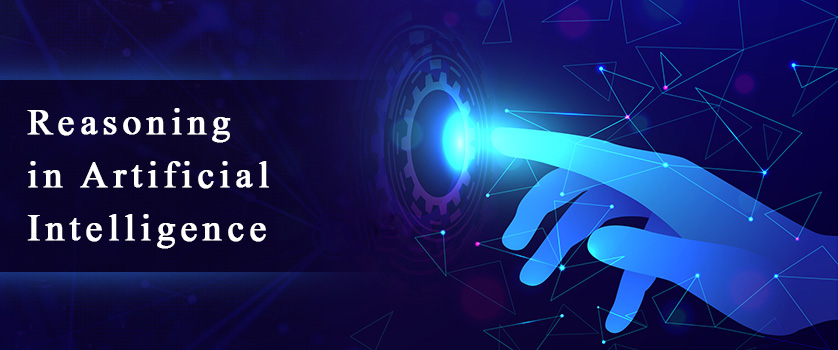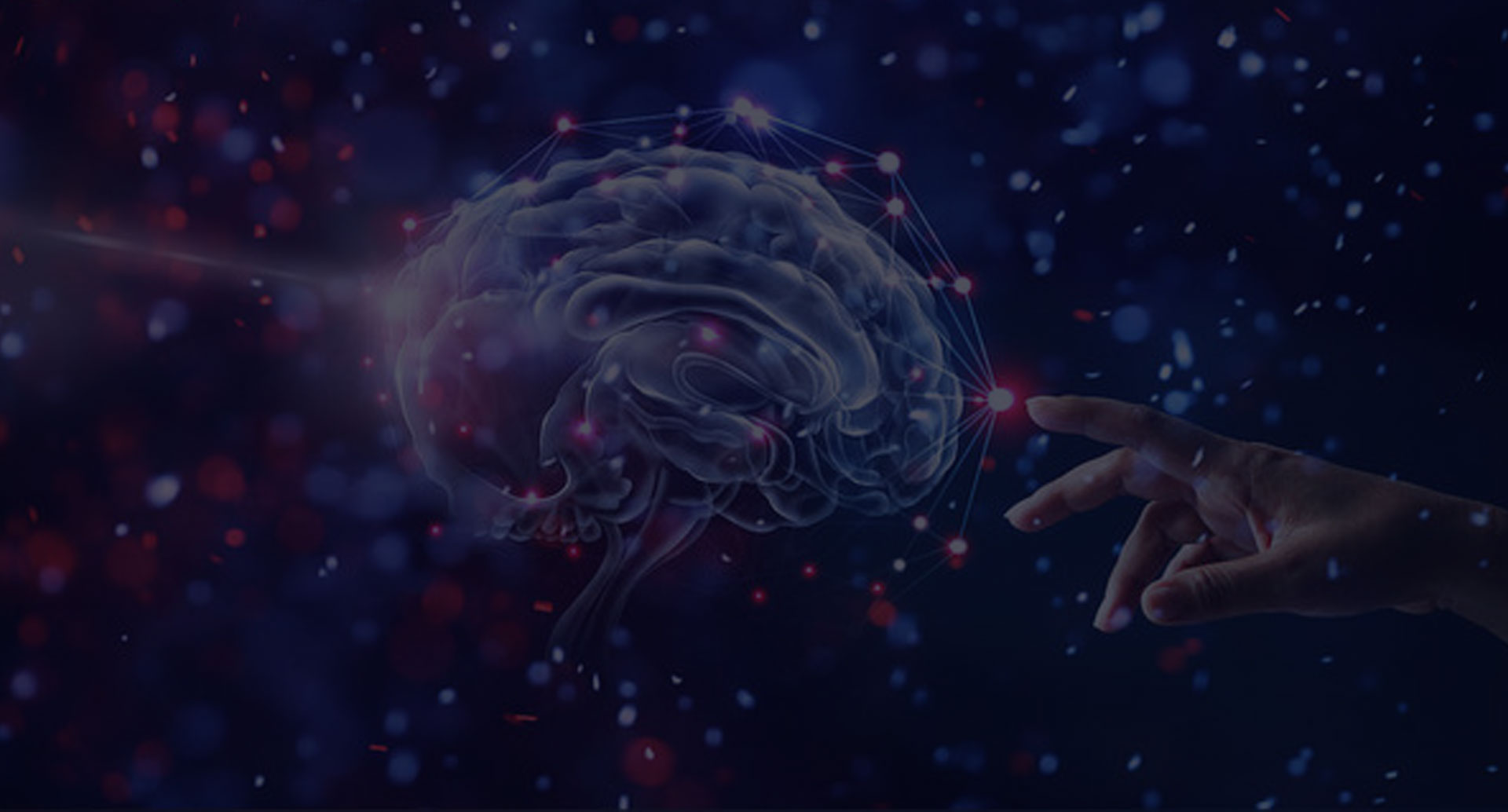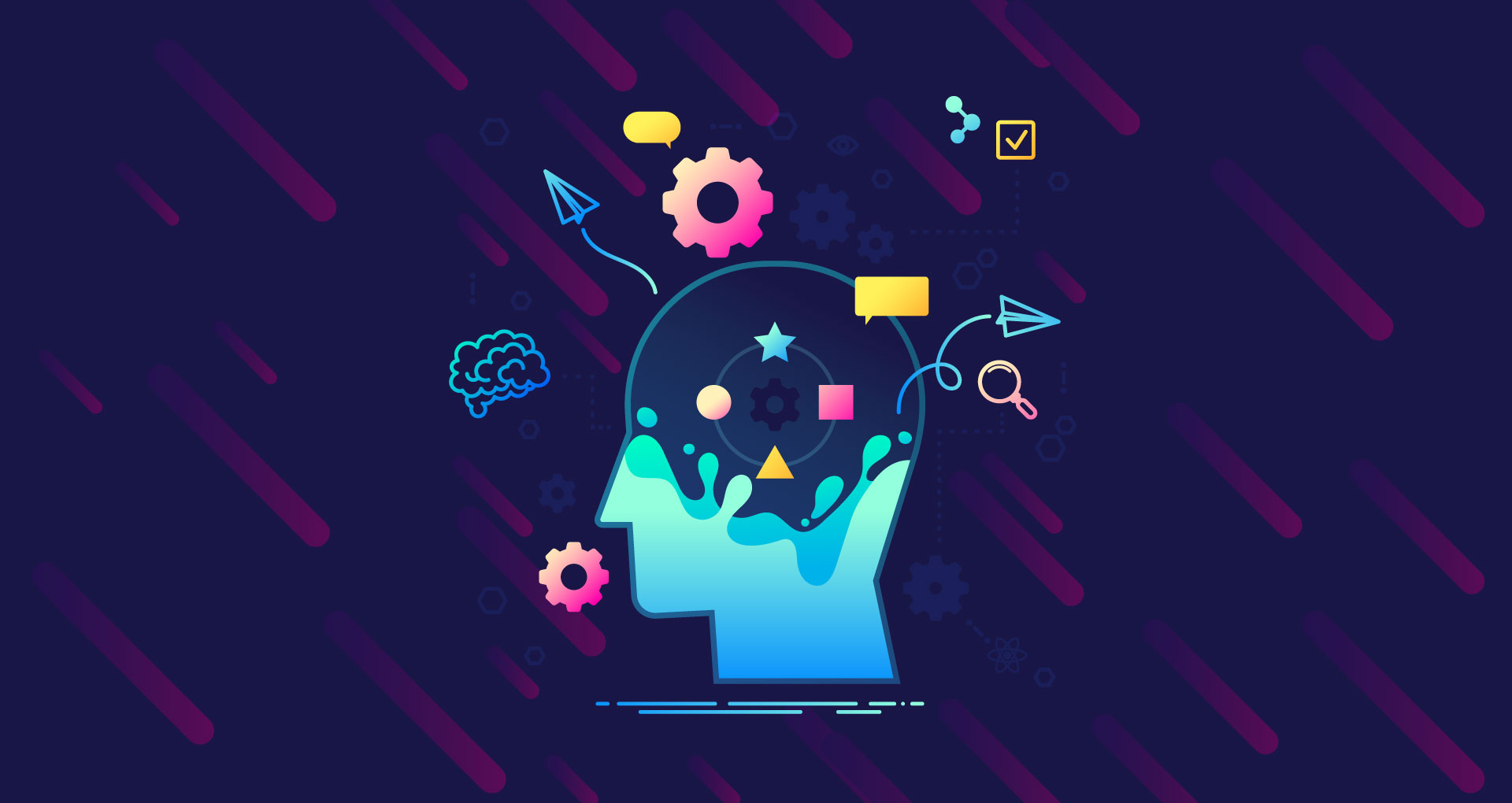
Anshul Jain
May 18, 2020
Introduction:
Since its introduction in 1956, artificial intelligence (AI) has come a long way and become one integral part of our day-to-day lives. Today the technology is used by various software and machines to perform numerous tasks like assessment, prediction, solving problems, and more. That's not all, organizations worldwide are investing in the tech to make their operations faster, smarter, competitive, and more efficient. However, to perform these tasks Artificial Intelligence uses three crucial components:
- Reasoning
- Interaction
- Learning
Each of these intersects with one another and allows artificial intelligence machines and systems to perform tasks with accuracy and speed on par with humans. Today, we will be discussing one of these components, Reasoning, to understand its importance and the role it plays in Artificial Intelligence.
What is Reasoning?
Associated with thinking, intellect, and cognition, Reasoning is a form of inference and logical techniques that is expressed through words (qualitative reasoning) and other symbols (quantitative reasoning) in such a manner that the legitimacy of the process can be evaluated if necessary. Moreover, it is a way through which thinking moves from one idea to another related idea.
Considered to be an innate human ability, reasoning basically involves taking the given information, comparing it to what is known, and then coming to a conclusion. Currently, the reasoning is significantly being used in numerous fields like mathematics, logic, and artificial intelligence, as it is key to making decisions, solving problems, and evaluating things.
Reasoning in Artificial Intelligence:
To help machines perform human-level functions, artificial intelligence and its various subfields like machine learning, deep learning, natural language processing, and more rely on reasoning and knowledge representation. Reasoning in artificial intelligence helps machines think rationally and perform functions like humans.
It is an important area of research in AI that helps machines in problem-solving, deriving logical solutions, and making predictions based on the available information, knowledge, facts, and data. Additionally, reasoning can be performed either in a formal and informal manner or top-down or bottom-up approaches, depending on the way machines handle uncertainties and partial truths. Like Probabilistic Reasoning in Artificial Intelligence allows machines to deal with and represent uncertain knowledge and information.
Reasoning, therefore, is the most fundamental capabilities associated with general intelligence, whether human or artificial, which enables both humans and machines to generate knowledge not available prior to the act of generation.
Example of Reasoning in Artificial Intelligence
To better understand how reasoning works in artificial intelligence applications and systems, let us consider two such examples:
- Siri: The cognitive virtual assistant uses reasoning to offer suggestions and recommendations based on commands. For example, the nearest location, the date for tomorrow, AM and PM, among other things.
- WolframAlpha: This computational knowledge engine relies on reasoning to perform mathematical computations based on portions of food.
In short, like humans, machines use reasoning, along with knowledge representation, logic, and learning for analysis, problem-solving, making conclusions, and more
Types of Reasoning in Artificial Intelligence:
In artificial intelligence, there are different types of reasoning, each of which is focused on inferring facts from the existing data. These are:
- Deductive Reasoning:
A type of propositional logic in artificial intelligence, deductive reasoning is a formal method of top-down logic that requires various rules and facts, called premises, to deduce the conclusion is right. This concept of deductive reasoning is expressed visually in the form of a funnel that narrows a general idea into the final conclusion. In short, deductive reasoning uses formal logic to produce logically certain results, using a set process, which involves the following steps.
- Theory
- Hypothesis
- Patterns
- Confirmation
- Inductive Reasoning: An opposite of deductive reasoning, inductive reasoning is a bottom-up logic that uses specific observations to reach a conclusion. Used in cases where there is a limited set of facts and data to arrive at a conclusion, Inductive reasoning uses historical data to produce a generic rule whose conclusion is supported by the premises. Also known as cause-effect reasoning, this second type of reasoning is exploratory in nature and allows for uncertain but likely results.
Like Deductive reasoning, inductive reasoning also follows a set of steps to perform reasoning, these are:
- Observation
- Pattern
- Hypothesis
- Theory
- Abductive Reasoning: An extension of deductive reasoning, abductive reasoning, is a form of logical inference that seeks theories to define observations using the simplest and likely explanation. Compared to inductive reasoning, abductive reasoning, which is also known as abductive inference or retroduction, is less rigorous and allows for most accurate suggestions and guesses. However, unlike deductive reasoning, it does not rectify the plausible conclusion and is mostly used in data certainties. It is associated with troubleshooting and decision making.
- Commonsense Reasoning: A type of informal reasoning, commonsense reasoning in artificial intelligence helps machines simulate human ability to make decisions and perceptions about real-world events. Operating on heuristic knowledge and rules, common sense in AI relies on accurate judgment rather than logic and is gained through experience. It is mainly used in computer vision and robotic manipulation.
- Monotonic Reasoning: Another important reasoning type, monotonic reasoning uses available information and facts to reach a conclusion, which remains the same even after new information is added to the existing one in the knowledge base. Since it does not modify the conclusion based on the new data, it cannot be used in systems that require real-time inputs and outputs. Monotonic reasoning is used in conventional reasoning systems and logic-based systems.
- Non-monotonic Reasoning: Unlike Monotonic Reasoning, in non-monotonic reasoning, the conclusion is termed as invalid if new or more information is added to the knowledge base. It is mostly used to capture and represent defeasible or invalidated inferences and defaults. Moreover, this type of reasoning deals with uncertain and incomplete models.
- Forward & Backward Reasoning: Apart from these reasoning types, Forward and Backward Reasoning in artificial intelligence are two more commonly used inference and reasoning techniques that help machines perform reasoning like humans and reach the conclusion or solutions, with great accuracy and speed. These are mostly used in expert systems, game theory, general-purpose inference engines, and more.
Now that we understand the various types of reasoning and the role they play AI, let us answer one of the most frequently asked questions, what is the difference between Inductive and Deductive Reasoning?
Inductive Reasoning Vs. Deductive Reasoning:
Inductive and deductive reasoning are the two most important and commonly used reasoning techniques. However, these two are frequently used interchangeably and can be confused by novices. Therefore, to further highlight their differences, here is a comparison of the two.
Inductive Reasoning
- This type of reasoning reaches the conclusion through the process of generalization using facts and data.
- It follows a bottom-up approach and starts from the conclusion.
- The conclusion is not guaranteed to be true if the premises are true.
- It is fast and easy, as it requires evidence instead of facts.
Deductive Reasoning
- Type of valid reasoning, where new information or conclusion is deduced using known facts and information.
- It follows a top-down approach and starts from the premises.
- Here the conclusion is true if the premises are true.
- Compared to inductive reasoning, it is difficult to use as it requires true facts.
Role of Reasoning in Knowledge-Based Systems:
A prominent form of Artificial Intelligence, Knowledge-based systems use knowledge from human experts to perform decision making and problem-solving. This is made possible by the knowledge base and inference engine. Moreover, it uses various reasoning techniques to deal with uncertainties in data and information, present in the knowledge base.
Among the various types of reasoning, deductive reasoning and non-monotonic reasoning are used by knowledge-based systems to solve problems. Moreover, it helps with the implementation of knowledge-based systems and artificial intelligence in machines, enabling them to perform tasks that require human-level intelligence and mental processes.
Conclusion:
From drawing logical conclusions to making predictions, reasoning, along with the inference, accumulated knowledge, data, etc. plays a vital role in making AI machines and systems capable of performing the requested tasks like solving problems, finding the most suitable route, etc. It offers machines human-like reasoning capabilities to assess and analyze situations and make the most suitable decision. In short, it is among the key players that make AI as significant as it is.




